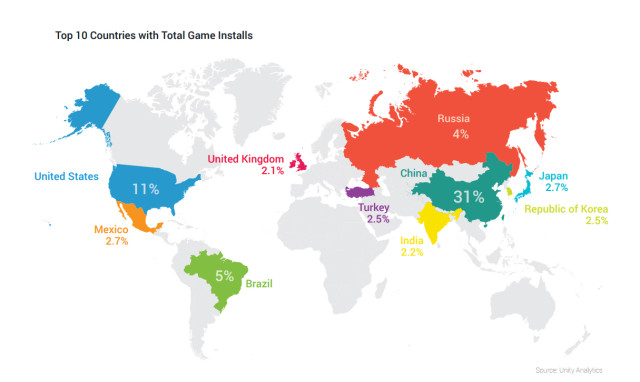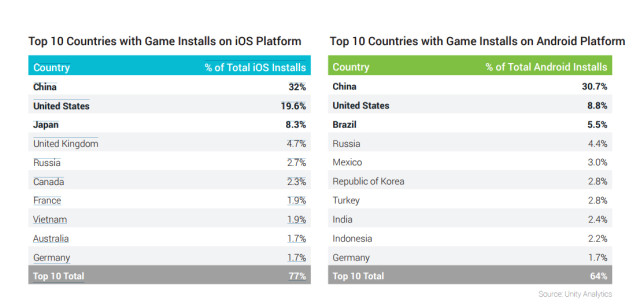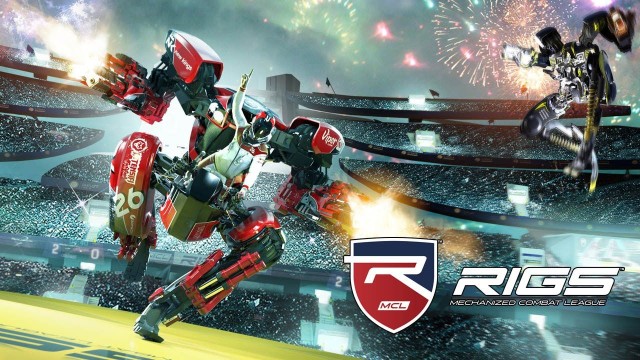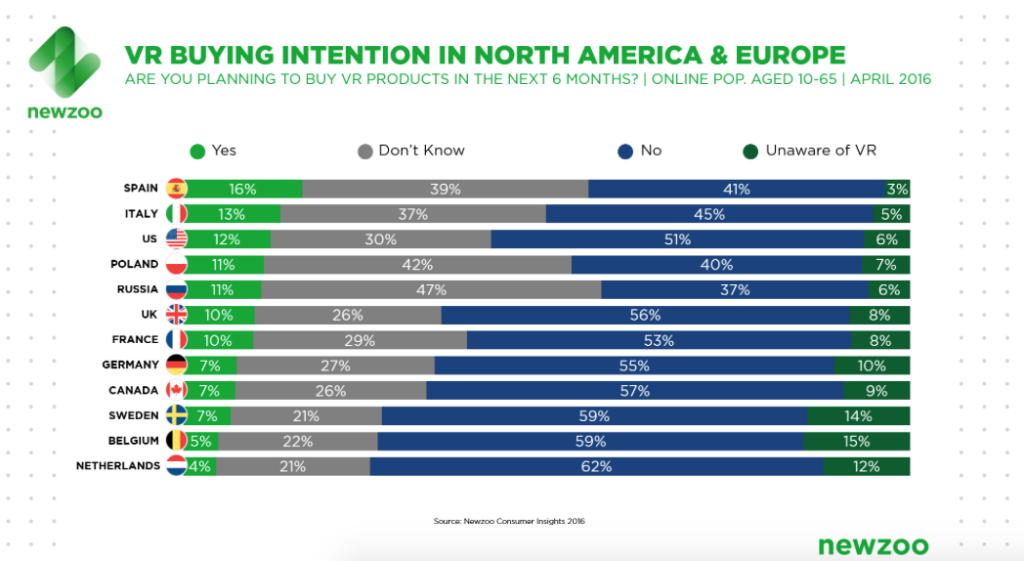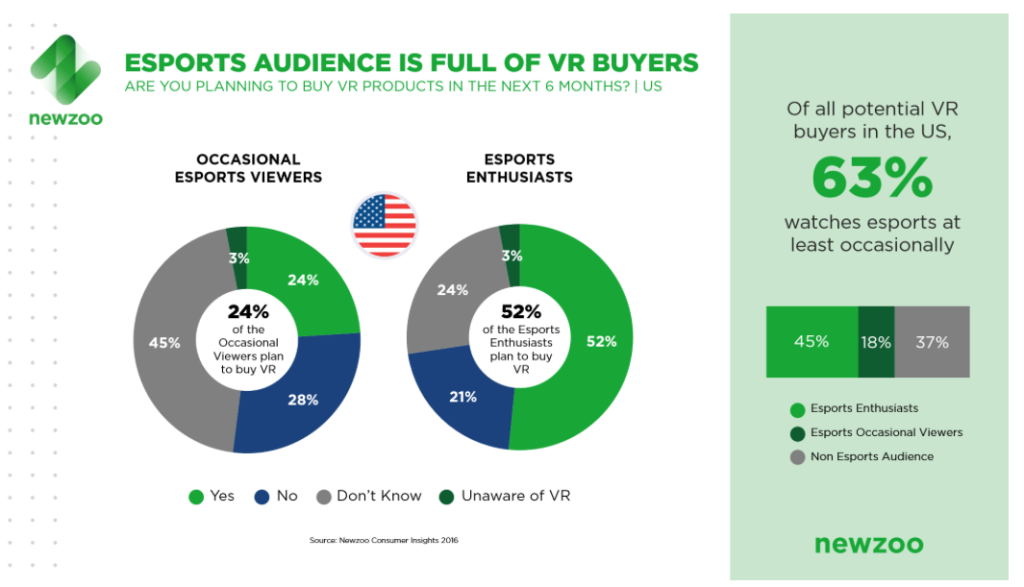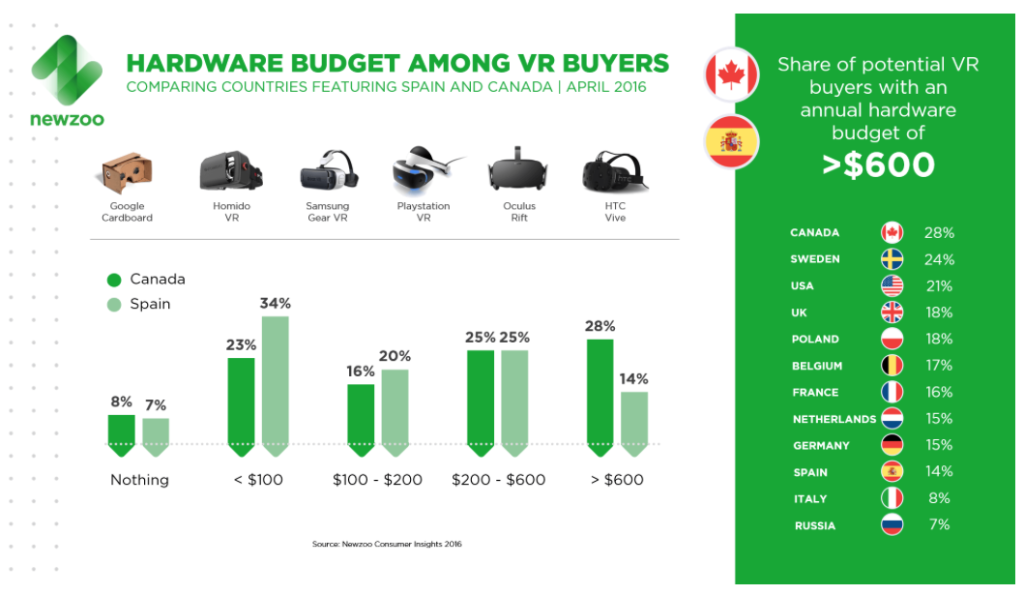Rovio is a game company that flew to new heights in the merchandising business, successfully launching a slew of tie-ins to its bestselling mobile game franchise from the very early days. With a Hollywood feature film hitting the big screen on May 20, Rovio and Sony Pictures are pulling out all of the stops.
In total, more than 100 partners worldwide are coming together to deliver $250 million in promotional value to both The Angry Birds Movie and the new Angry Birds Action! mobile game. For example, McDonald’s is launching a themed Happy Meal program to 120 markets worldwide, which will include exclusive codes for the pinball-themed game (which ties into the movie).
From interactive movie posters embedded with game codes to an in-theater sound technology that unlocks exclusive content, Rovio and Sony Pictures are letting the birds fly early. Wilhelm Taht, executive vice president of games at Rovio, explains how the new game and movie will tap into its global fan base in this exclusive interview.
How do the BirdCodes work?
We’re adding an augmented reality experience to some of the movie partners through BirdCode technology, where you scan codes provided by partners like LEGO, H&M, McDonald’s, and Pez. They’re pushing out both the Angry Birds Action! game and the movie over the next month.
How many codes are out there?
Over a billion BirdCodes are going out into the wild over the next month. We’re taking a big partnership approach that’s in tune with the movie itself. After you get to Level 2 in the game, you can start entering codes.
What do these codes unlock?
There are more than two dozen unique BirdCode experiences that have been developed within Angry Birds Action!. For example, each of the six LEGO Angry Birds play sets come with their own different augmented reality mini-game, which is unlocked by scanning the BirdCode found on the last page of the building instructions.
You can play a Whack-a-Pig mini-game by scanning codes on McDonald’s Happy Meals, drink cups, wrappers, and tray liners and also take selfies with characters from The Angry Birds Movie.
Designs on H&M apparel include BirdCodes that unlock an endless runner mini-game starring Red, Chuck, or Bomb. Virtual Pez candies can be unlocked in the game by scanning codes on Angry Birds Movie PEZ dispensers. Even The Angry Birds Movie posters have codes on them.
How are you working with retailers?
There’s a real-world scavenger hunt through retailers like Walmart and Toys ‘R’ Us, which will have codes on display. Scanning them unlocks additional power-ups and a different character (Red, Chuck, Bomb, or a Pig) that provides a key to a mystery box in the game.
What separates this Angry Birds game from anything else out there?
It’s a pinball arcade game that’s the first game featuring the movie characters in full 3D glory. From a storyline and folklore point of view, takes place before the Piggies have arrived at Bird Island.
How does the game connect to the big screen film?
At the end credits, the game prompts you to open up Angry Birds Action!. There’s an audio watermark that unlocks and opens up the Piggy Island level. It also unlocks an alternate ending to the movie. Normally you’d see something at the end of the credits, but we’re doing that exclusively in-game. You don’t need any online connection to make this “movie magic” work.
Will this audio technology also work later with the home entertainment version?
It will work later for the DVD and Blu-ray, but we may have some additional tricks up our sleeves for the home edition.
Who are you targeting with these activations?
We’re catering to diehard fans with some of these things, providing something unique and fun for fans of the movie and the Angry Birds.
What’s the reception been like since launching the game?
It’s at the top of the charts across the globe and it’s been rated high by users worldwide.
How are you working with Sony Pictures in cross-promoting the new game and film?
Sony’s promotional program is directed towards the movie, as it does with “triple-A” Hollywood blockbuster movies. The game has been a unique aspect of the whole program, and has received a lot of additional spend from marketing partners.
How does the licensing of the new movie characters fit into the overall merchandising we’ve seen from Angry Birds for many years?
We have a big licensing program that’s been running for the movie for a long time already. There are quite a bit of licensees out there. There’s a huge number of licenses working on movie assets for the Angry Birds brand, as well. The new birds have arms and legs, so consumer products will look and feel different than they used to.
We just saw the low-budget Ratchet & Clank movie make less than $5 million in the U.S. in its opening weekend. What are the challenges of translating a game for the big screen?
I’m not going to comment on other movies. But in general, video games have been a challenging thing to take to the big screen for a wide variety of reasons. One of the biggest challenges is the narrative has not always been fantastic in video games, and it’s challenging to translate that into an interesting story that runs for 90 minutes. Also, it’s oftentimes a very hardcore story. Big video game brands are often weapon-aggressive and have a hardcore background that can be challenging to bring to big screen.
What do you feel Angry Birds has going for it on the big screen?
We have over 3.5 billion downloads of the franchise and over 100 million active players worldwide. The movie is a very tongue-in-cheek, humorous, four-quadrant, family-friendly film. Telling the origin story of how this struggle between the pigs and birds began has been resonating on a global basis. We’re not taking anything as given. Cinema is a challenging business, and we don’t know how things are going to go. We do know nothing has entered cinemas worldwide like Angry Birds.
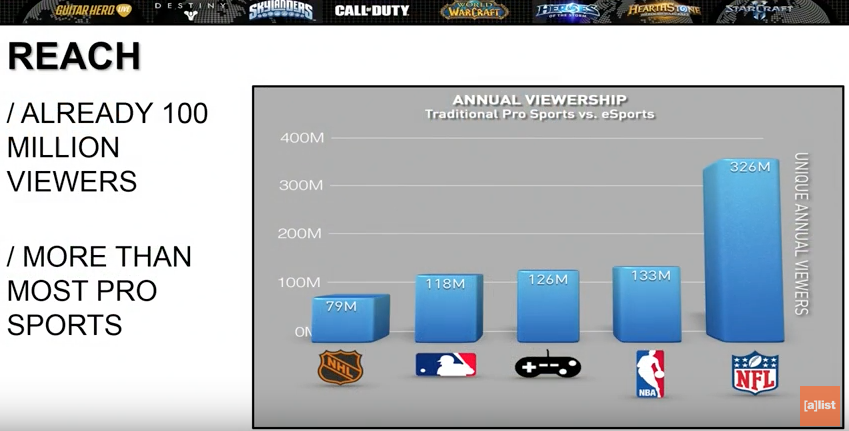
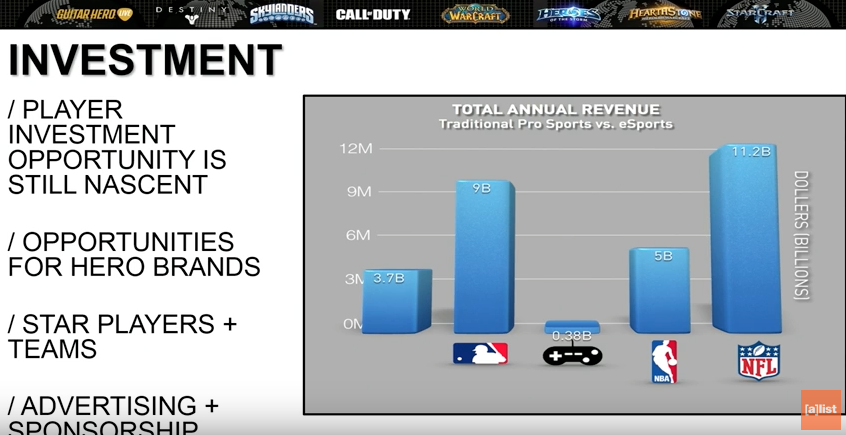
 What led to the decision of introducing a 24-hour eSports channel?
What led to the decision of introducing a 24-hour eSports channel?